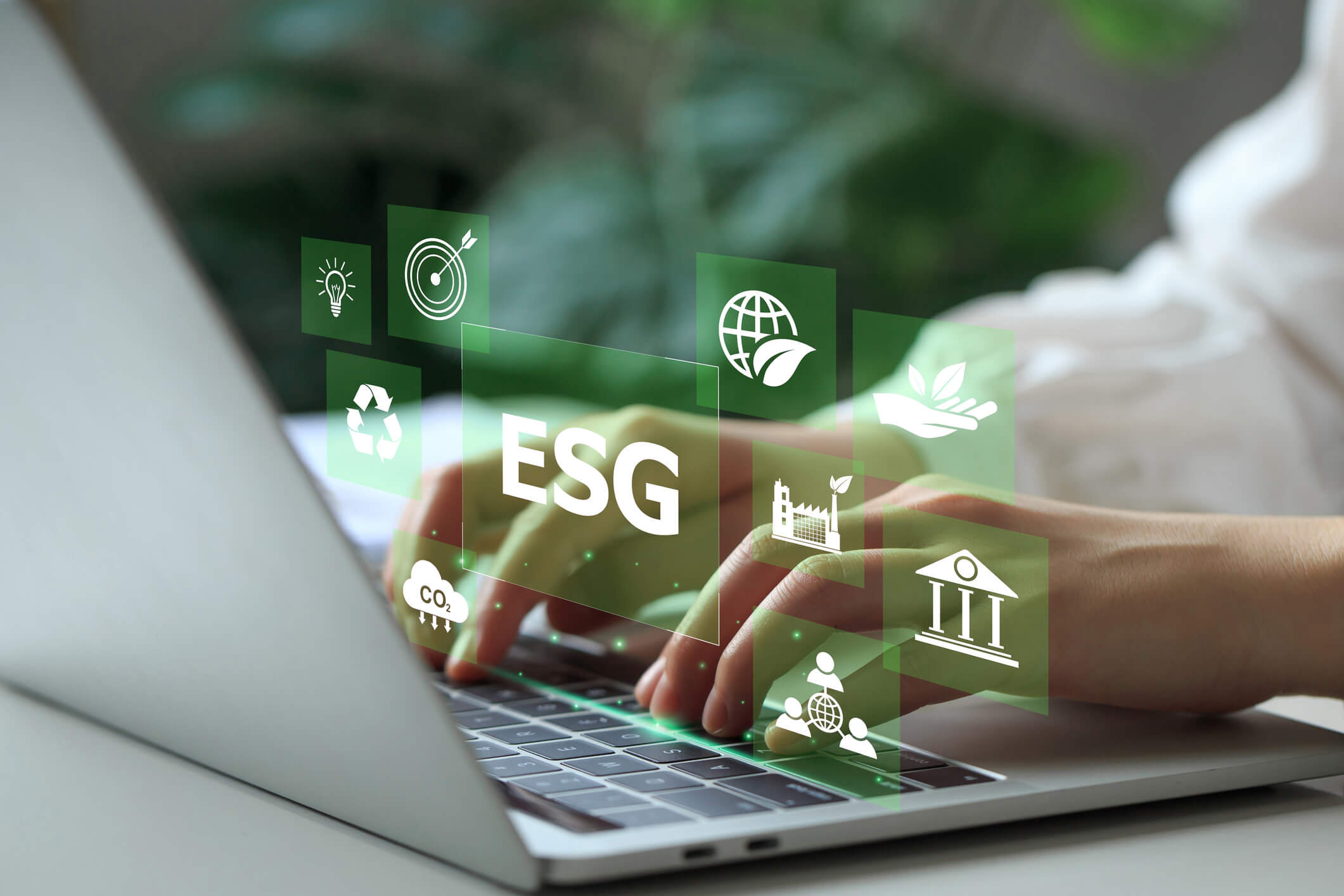This is a score out of 100. Bloomberg rates companies annually based on 120 environmental, social and governance factors. These include topics like resource depletion, renewable energy, pollution, climate change, carbon emissions, human rights, executive compensation, shareholders’ rights and more. To make ratings as accurate as possible, the Bloomberg ESG rating penalizes companies that have data missing from their sustainability or corporate social responsibility (CSR) reports.
Environmental, Social and Governance (ESG) ratings have become an essential part of business strategies across industries. Today’s investors look for more than healthy profits when investing in a business. Investors also take an interest in low-risk companies that align with their sustainability values.
Investors and stakeholders need reassurance that the businesses they associate with are making progress on their ESG strategy. This has led to the need for ESG ratings. But what are ESG ratings, and what should you know about them? This article will answer your questions on ESG risk ratings.

What Is an ESG Rating?
ESG ratings, or ESG scores, provide essential sustainability information to interested and associated parties. The information contained in ESG ratings helps these parties know whether a company is making good progress toward its ESG goals and how this performance compares to the competition. ESG ratings provide a transparent way for these parties to learn about companies’ commitment to sustainability.
Investors, financial institutions, asset managers and internal and external stakeholders all use ESG to learn more about the businesses they invest in or might invest in. In other words, ESG ratings help these entities know more about where they’re putting their money. Using a company’s ESG rating, stakeholders can stay “in the know” and move their money with greater confidence.
Why Do ESG Ratings Matter?
ESG ratings help investors identify the level of financial risk associated with a business. Businesses with better ESG evaluation scores are often the better financial option for investors.
Consider a business with workers who are consistently unhappy, an outdated data system at risk of hacking and business practices that negatively impact climate change trends. Now picture a business that can prove its employees are happy, has up-to-date data processes and emphasizes a positive environmental impact.
The first business would carry much more financial risk than the second. A business model with that type of volatility is unsustainable. Even if it were generating good profits now, those profits could decline because of the present factors. Investors might look at the ESG ratings for that business and take their money somewhere else more similar to the second business. The higher ESG rating of the second business shows its ability to sustain long-term profits.
Examples of ESG Rating Providers
Several entities exist for rating ESG in businesses across industries. Here are some of these rating entities with information about how their scales work:
This is a score out of 100 that ranks companies against others in their industry. DJSI gets annual updates to ensure accurate, relevant results. The DJSI includes several branches, including DJSI World, DJSI North America, DJSI Europe, DJSI Asia Pacific and DJSI United States. Companies receive a questionnaire that asks around 100 questions related to ESG issues. Topics include risk and crisis management, corporate governance, cybersecurity, customer relations management, environmental policy and more. DJSI will give companies feedback to help them enhance and improve their scores.
This ESG rating uses a scale from AAA to CCC. It looks at 37 key ESG issues with themes including natural resources, climate change, environmental opportunities, product liability, human capital, pollution and waste, social opportunities, stakeholder opposition, corporate behavior and corporate governance. Data comes from company disclosures and government databases. Companies’ ESG rating updates appear weekly, with more in-depth reviews coming annually. Companies can participate in a verification process before the publishing of their ESG ratings.
This is a score out of 100 with industry-based comparisons. While this report focuses on the three main issues of ESG, the specific set of issues analyzed differs among industries. Sustainalytics covers around 70 indicators in every industry, split into three dimensions. These are preparedness, disclosure and performance. Sustainalytics gives a draft of the ESG report to the investigated company to give them the opportunity to provide feedback and updated information.
RepRisk uses a scale from AAA to D, with ratings updated daily. Ratings start by gathering relevant data from over 80,000 media and stakeholder sources. It divides its findings across 28 ESG issues. Another unique aspect of RepRisk is that it looks into 45 Topic Tags, which are hot ESG topics of the day. These include topics like agricultural commodity speculation, abusive fishing, animal transportation, asbestos, drones, coal-fired power plants, weapons, land grabbing, protected areas, water scarcity and more. Companies can verify their reports before publishing.
Considerations for ESG Ratings
Each ESG rating provider emphasizes different aspects of ESG in their ratings. This can lead to inconsistency among rating providers. Despite these inconsistencies, you can still gain a general understanding of the criteria used. Here’s a closer look at ESG rating criteria:
Environmental (E): Environmental criteria focuses on climate change, natural capital issues, pollution and waste and environmental opportunities. Climate change deals with carbon emissions, financing environmental impact, product carbon footprint and climate change vulnerability. Natural capital issues cover biodiversity, land use, raw material sourcing and water sourcing. Pollution and waste criteria deal with toxic emissions, toxic waste, packing material waste and electronic waste. Environmental opportunities include green building, clean technology and renewable energy.
Social (S): Social criteria has four categories — human capital, product liability, stakeholder opposition and social opportunities. Human capital issues include labor management, worker training, health and safety protocols and supply chain labor standards. Areas of product liability include chemical safety, product safety and quality, data security, privacy, responsible investing and consumer financial protection. Stakeholder opposition issues include community relations and controversial sourcing. Social opportunities include nutrition and health opportunities and access to finance, healthcare and communication.
Governance (G): Governance issues involve corporate governance and corporate behavior. Corporate governance deals with ownership, executive compensation, accounting practices and diversity and independence of the board. Corporate behavior looks at tax transparency and business ethics.
Contact Us About ESG Risk Ratings for Your Company
If you have social concerns regarding your business, then it’s time to invest in your ESG strategy to achieve the best ESG score possible. TRS Company can conduct an ESG risk assessment to identify aspects in your company that could affect your ESG rating. With our help, you can find areas of strength and areas that need improvement and make the necessary changes so you can appear more favorable to your investors.
Contact us today to take the next step toward a better ESG rating!













































